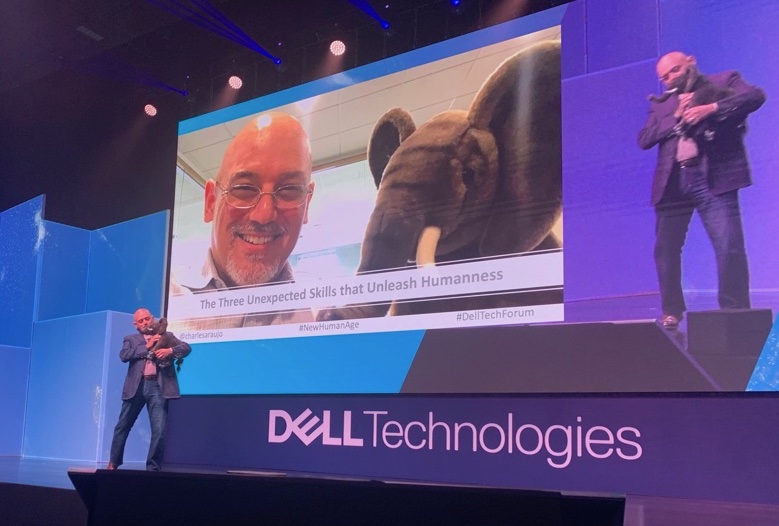
If you’ve been following my work, you’ll know that I believe that we are entering what I call the New Human Age, in which it is our humanness that will be the driver of both personal and organizational value.
While there are many ways of defining humanness, I believe that it boils down to three characteristics that make us distinct from machines: our creativity, imagination, and empathy.
From a business perspective, creativity and imagination are now widely accepted as positive attributes. Empathy, however, is something that we under-appreciate — both personally and organizationally.
That’s a mistake because it may, in fact, be the most powerful of these three attributes, provided that you understand how to develop and harness its power.

The Big Idea: Empathy is an Emotional Response
It’s somewhat ironic, but the reason that we undervalue empathy is that it seems so normal.
While we may not consider ourselves to be genuinely creative or imaginative — perhaps lacking the necessary creative genius to be so — we all tend to believe that we possess empathy.
Of course, we do (we also all possess creativity and imagination, but we’ll save that discussion for another day). But it is because we are all, in fact, empathetic beings that we fail to recognize just how powerful a force it can be when wielded in service of others.
Rather than sympathy, which is feeling for someone, empathy is the ability to share and understand the feelings of another. It becomes an implicit or explicit statement that we’ve “been there too” and that we can, therefore, share in whatever emotion another person is feeling.
Empathy is an emotional response.
This fact explains why society undervalued it throughout the Industrial Age (it was eventually vilified, in most cases), and the source of its power in the Digital Era.
The Impact: An Ever-Greater Need for Empathy in a Digital World
Throughout the Industrial Age, process was king. And emotion was the enemy of process. It created variability and unpredictability. If you wanted to run a well-oiled machine, you tried to remove as much of the emotion you could from the equation.
In a world in which it is now the experience that drives value, however, the opposite is true. While it is tempting to dumb-down an experience to its digital elements, an authentic experience is emotional at its core.
Inevitably, the difference between an exceptional experience and one that leaves us unimpressed is its ability to create an emotional response within us.
And nothing creates a positive emotional response like empathy.
We are naturally social creatures that crave a sense of belonging and external approval. A simple, authentically empathetic act intrinsically meets all of those needs.
This need for social acceptance and acknowledgment is also why empathy will be something that machines will likely never master. Computers may one day sound like they’re empathetic, but unless and until we believe they genuinely share our experiences, it will be nothing but a cheap facsimile.
And as machines become an ever-larger part of our daily existence, it will create an ever-greater need for human empathy.
The only problem is that, whether due to a fear of vulnerability or the machinations of corporate existence, many of us have learned to use empathy cautiously and sparingly. This sad reality is something that we must all overcome, however, if we are to unleash its power.
The Next Step: Discover Design Thinking
The need for empathy will permeate nearly every job function in the Digital Era. How we create, curate, manage, and sustain experiences that delight our customers, partners, and employees will have everything to do with our ability to unleash empathy in everything we do.
But how do you do that?
One of the best places to start is by adopting some of the core principles of Design Thinking.
While the term is starting to become buzzified, its core principles are even more relevant today than ever. It is a process and way of thinking that demands that you uncover and develop empathy by asking you to look at everything from the customer’s or consumer’s perspective.
Your exercise, therefore, is to dig into this critical topic. One of the best places to start is with this Design Thinking Bootleg by Stanford’s d (for Design) School.
I know this one is going to take a bit more effort, but I promise, it’s worth it.
P.S. If you’d like to help your team dig into this a bit, you might also consider The MAPS Institute’s ACE Workshop — where we dive into the building blocks of awareness, curiosity, and engagement to support the development of empathy!
Want to get these articles straight in your inbox? Click here to sign up for Your Digital Future.
